Which is better, a mini pump or a CO2 inflator?
Here are the pros and cons of each so you can make the right choice, along with what I carry when I’m out testing.
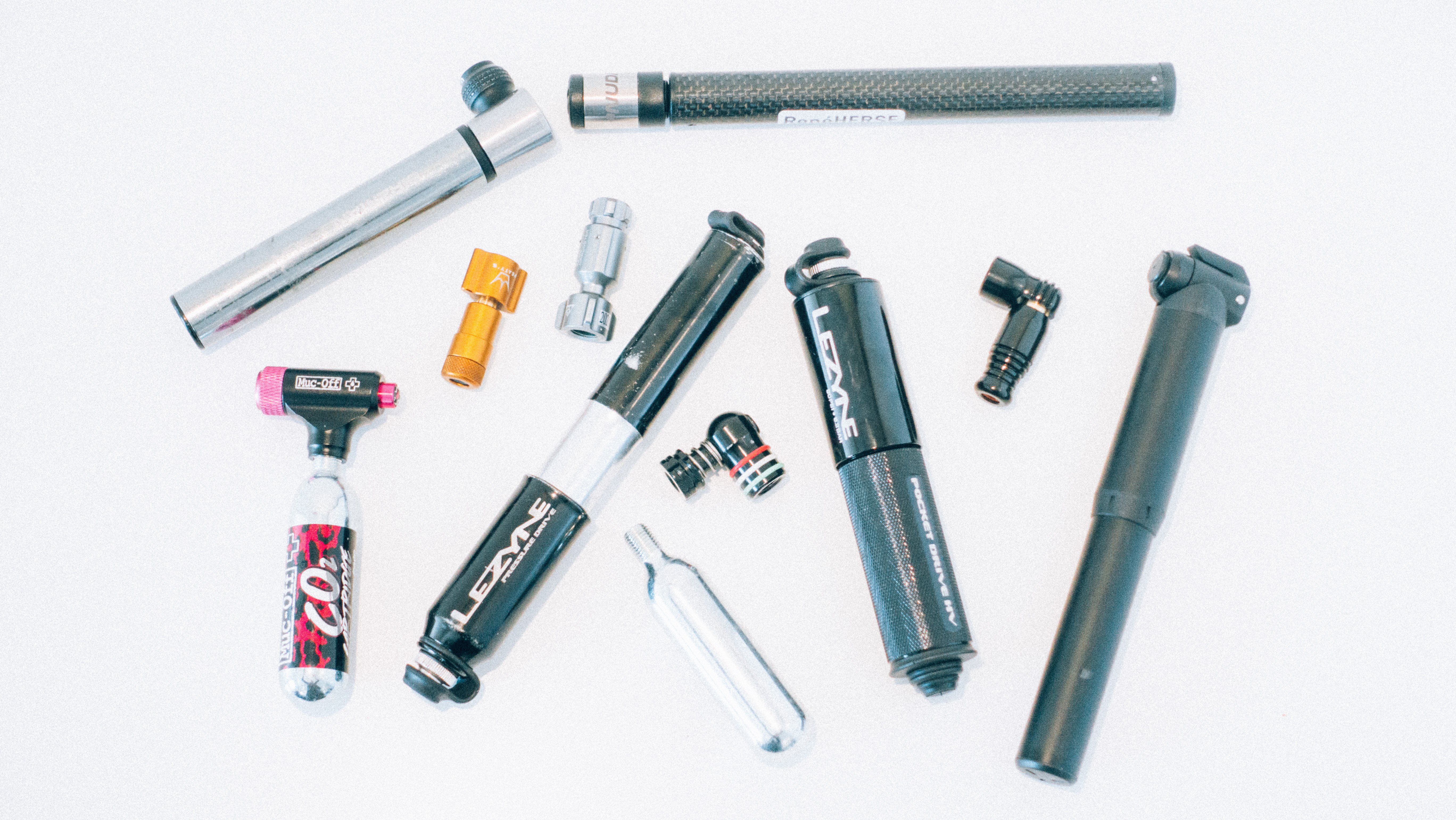
Being able to inflate a flat tyre is an absolute must to bring along with you on every ride, along with a multi-tool, and some tyre levers. If you’re kitting yourself out with some new gear for the first time, or you’re considering swapping from the best bike pumps to the best CO2 inflators and are a little unsure then worry not, I’m here to take you through all the pro’s and cons of each system and give you my suggestions for when you should be using one or the other.
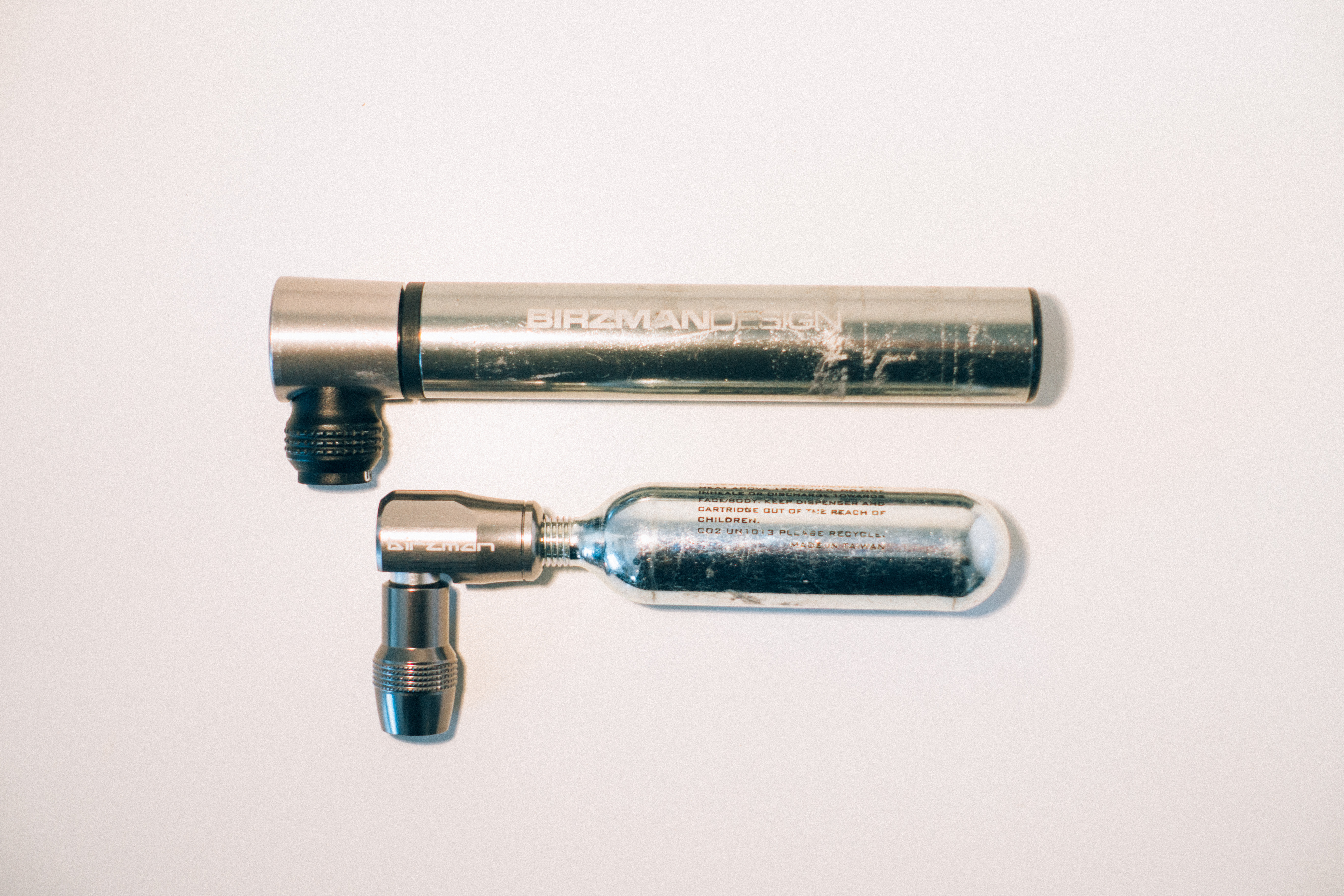
Size
This one is a pretty easy win for the CO2 inflator. Even the largest, with the largest MTB canisters, are smaller than the majority of mini-pumps. Even my go-to tiny mini pump, the Birzman Mini-Apogee, is larger than it’s CO2 equivalent. If you start taking more than one canister out with you though the tables can shift in favour of the mini pump, but only if you’re packing a very small model of mini pump.
If size is your number one priority then go for a CO2 inflator, but if you're packing for a bikepacking trip then reliability should also be a major deciding factor.
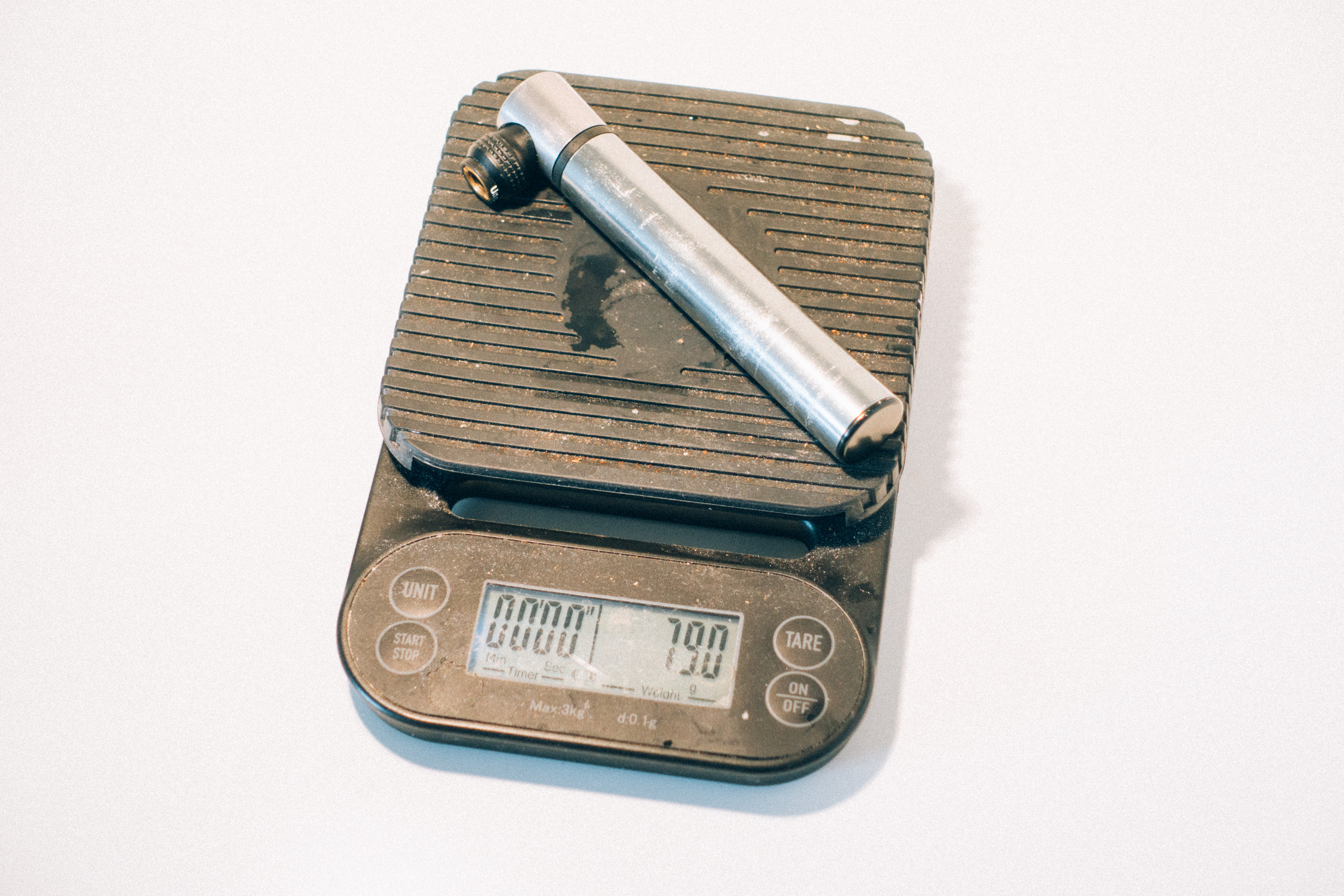
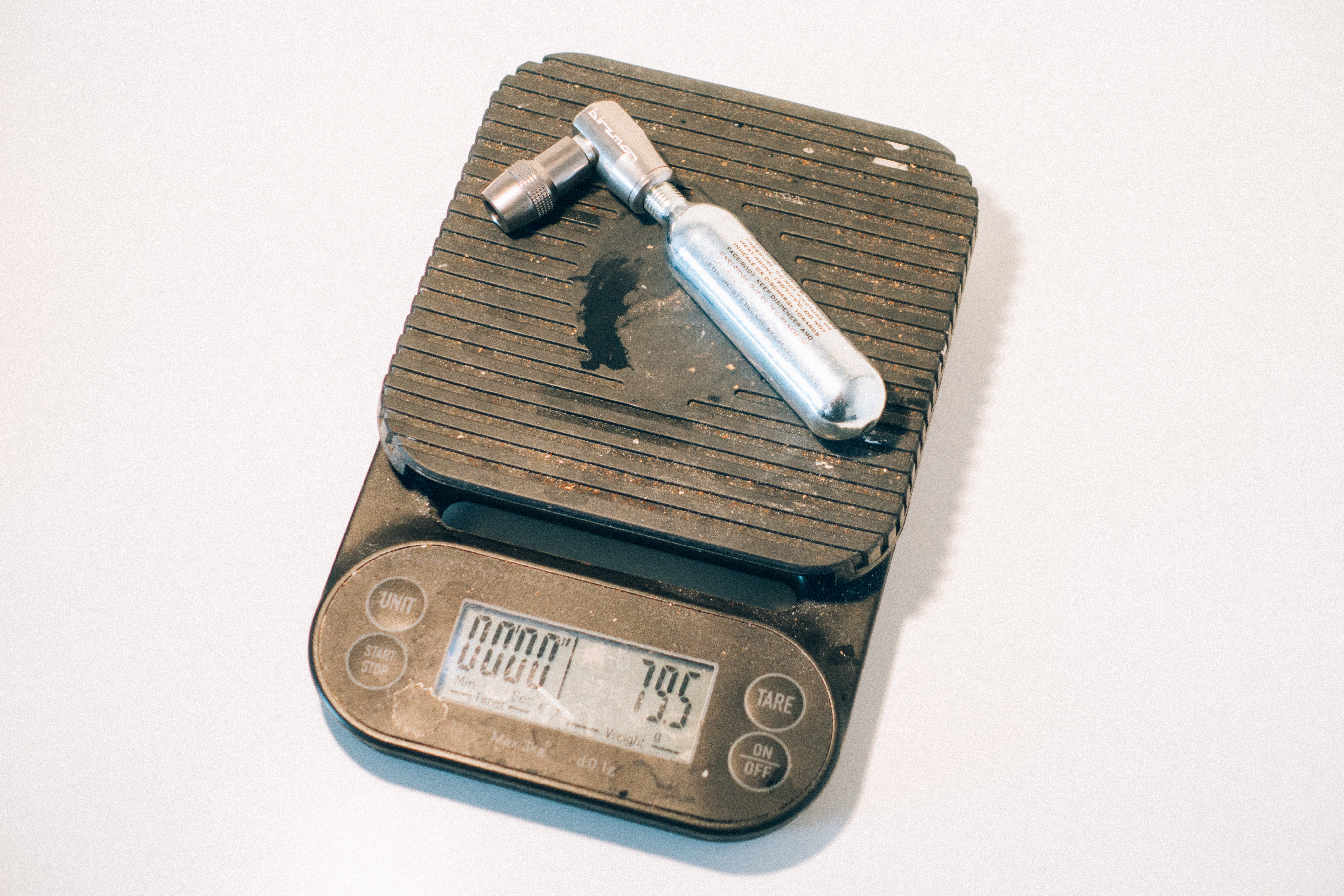
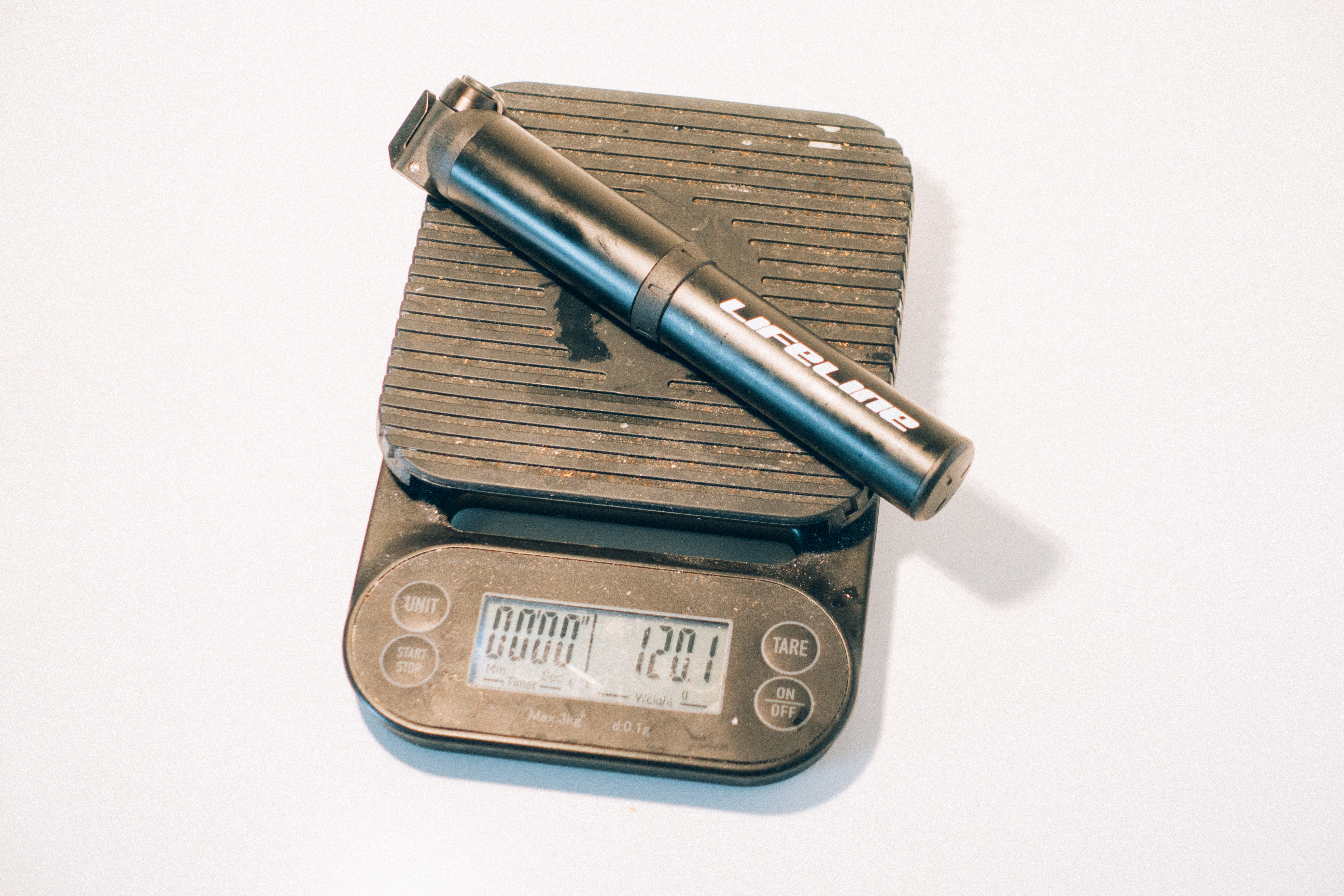
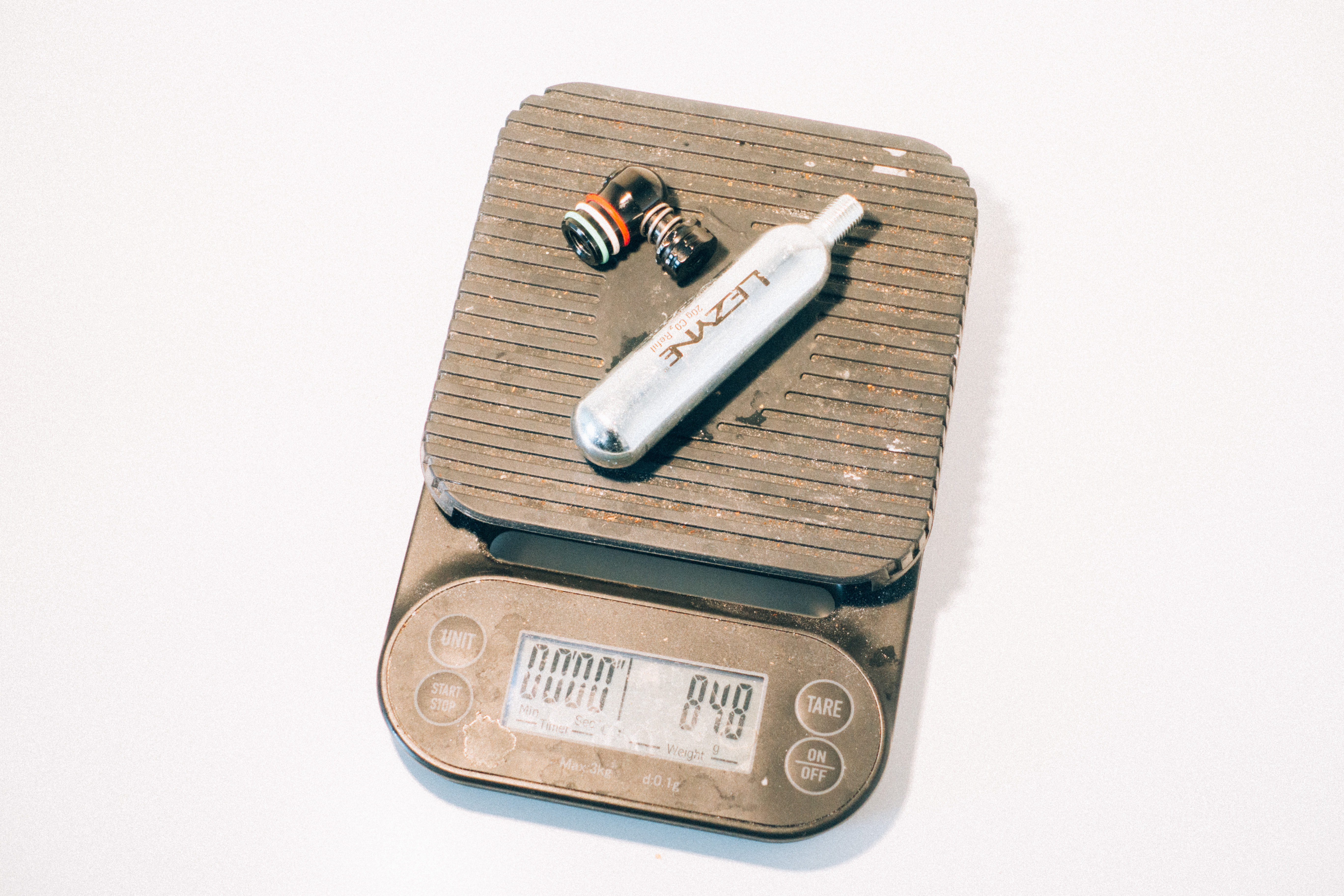
Weight
You might think that, as they are smaller, CO2 inflators are also lighter. You may be surprised then to learn that the difference in weight between the Birzman pump and CO2 inflators above is only half a gram different. If I included the protective sleeve for the canister the CO2 setup would weigh more.
A tiny mini pump isn’t ideal for gravel though, so let’s try a different scenario. My ‘everyday carry’ mini pump, the Lifeline Performance MTB, comes in a hair over 120g, while a Silca Eolo III paired with a larger 20g canister tips the scales at just shy of 85g. Again, add in another canister as a failsafe and the scales tip in favour of the pump.
Speed
There’s no getting around this, a CO2 canister will inflate your tyres faster, and consequently you’re much more likely to be able to reseat a tubeless tyre if it has come unseated as a result of deflation, or if you’ve had to take it off the rim to boot a hole in the sidewall or some such scenario.
While a CO2 canister will inflate in a matter of seconds, even the best hand pumps can take an age. This is why we see gravel racers opt for CO2 over a hand pump - if every second counts there’s no question which system you should choose.
The latest race content, interviews, features, reviews and expert buying guides, direct to your inbox!
Pressure
This is another win for the CO2 inflator I’m afraid. The little aluminium cylinders pack a punch and can easily get a 28c road tyre up to 100psi. The higher capacity MTB cylinders will also get your gravel tyres to whatever pressure you need, provided you don’t accidentally leak all the gas out somehow.
One thing to bear in mind though is that CO2 will more easily seep out of your tyres, more so than the mix of nitrogen, oxygen and carbon dioxide that mini pumps will deliver, so you may find yourself with a flat tyre the next day. Don’t worry, just remember the best practice if you’ve had to use a CO2 canister is to release the gas from your tyre when you are back within range of a track pump, and then inflate with that.
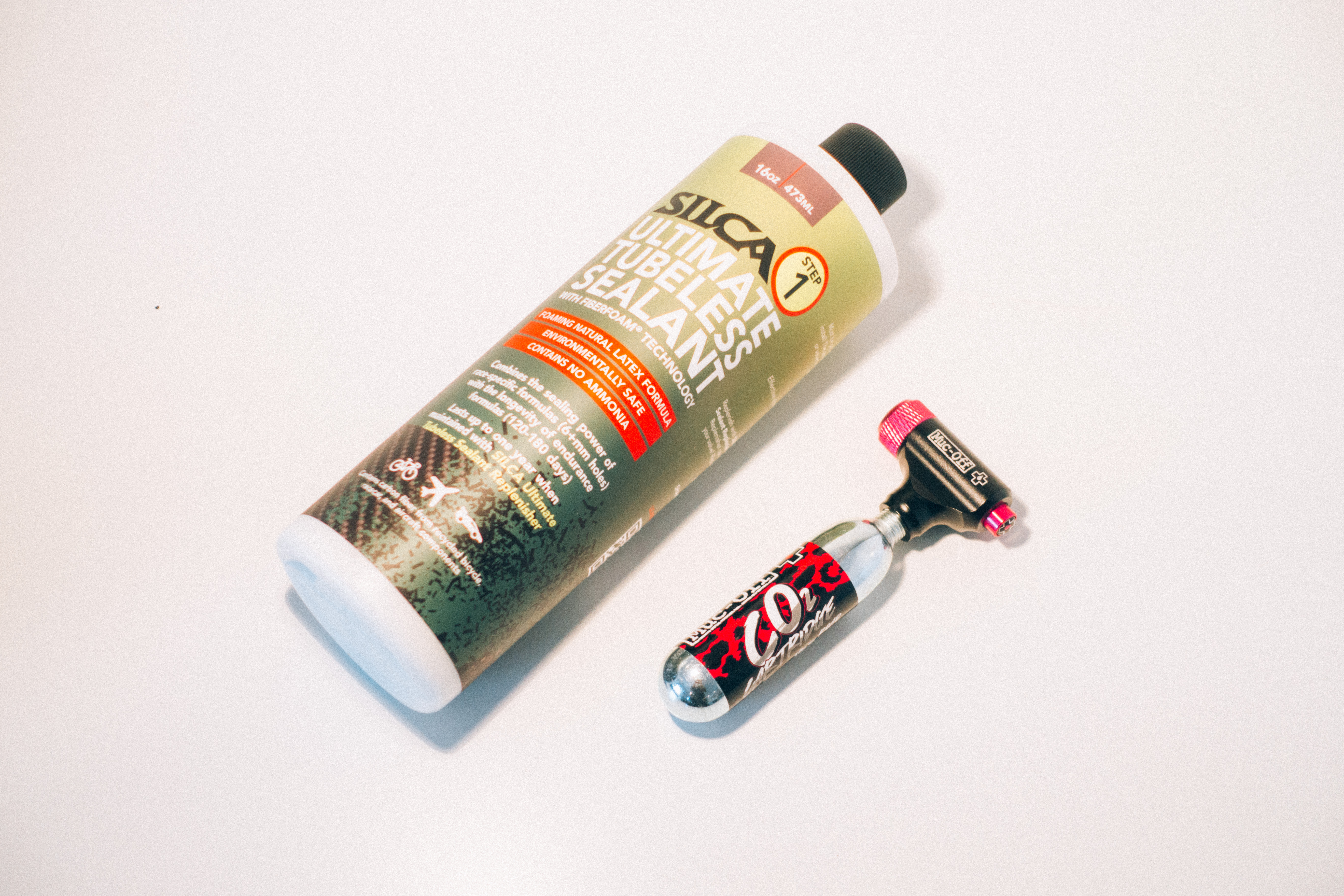
Reliability
You may be wondering why anyone would use a mini pump nowadays, if CO2 inflators are smaller, lighter, and can reach higher pressures. It comes down to reliability and repeatability. A CO2 inflator is a one-hit solution, though if you play your cards right with something like a Silca Eolo IV, which has a dial, you can get away with keeping a half-full canister for a second puncture if you’re unlucky.
This is why if you’re going out with a CO2 system you should always take two canisters. It’s the same reason I carry an inner tube and a patch kit; belt and braces. A mini pump, while slower, heavier, and larger, will continue to work no matter how many punctures you are afflicted with. If you’re bikepacking then taking an actual pump is a no-brainer, and for general riding, I’d even go so far as to suggest that even if you are taking a CO2 inflator for the sake of convenience, you should take an actual pump as a fallback.
It’s also worth noting that you need to be careful using a CO2 canister with a tyre full of tubeless sealant. Some sealants say you shouldn’t use CO2 at all, but for the most part it's fine, just make sure the valve is at the top of the wheel when you inflate so the icy blast of gas doesn’t freeze your sealant solid.
Waste
If you’ve been living under a rock you may not have noticed that we’re living in an incredibly wasteful society. CO2 canisters are single-use, and while they are made of aluminium and therefore recyclable, in environmental terms it's still a hard use of resources to justify when a pump can be used for hundreds or even thousands of times in its lifetime.
If you are curious about the raw materials used in the cycling industry I wrote a piece all about how bicycles are made from a materials standpoint - before joining Cyclingnews I spent a decade in the mining industry as a geologist, so it’s something of a pet project for me to communicate resource usage as best I can.

What I carry
I have a handful of different setups that I take out with me, but it always involves a mini-pump. Always. I’m an anxious boy, and the thought of messing up an inflation, or having 15 punctures in one ride means that the peace of mind is worth more than the grams and space I’d save not bringing one.
For most rides, I take a tool canister that I can swap between bikes without changing a thing, It does road and gravel and contains two Tubolito TPE tubes, a Lifeline Performance MTB pump, a Muc-Off tubeless repair kit, a Lezyne multi-tool, and the best tyre levers on the market, the Muc-Off Rim Stix.
If I am short on space or want to go for lightness I have an extremely pared-back setup that I can slip into a jersey pocket, which includes a Tubolito road tube, two small Cannondale branded tyre levers that I have never used but was given on the launch of the new SuperSix Evo, a PNW Pebble multi-tool that has one tubeless repair worm, and the Birzman Mini-Apogee mini pump.
Either of these setups is occasionally augmented by a CO2 inflator, but the inflator never replaces an actual pump.
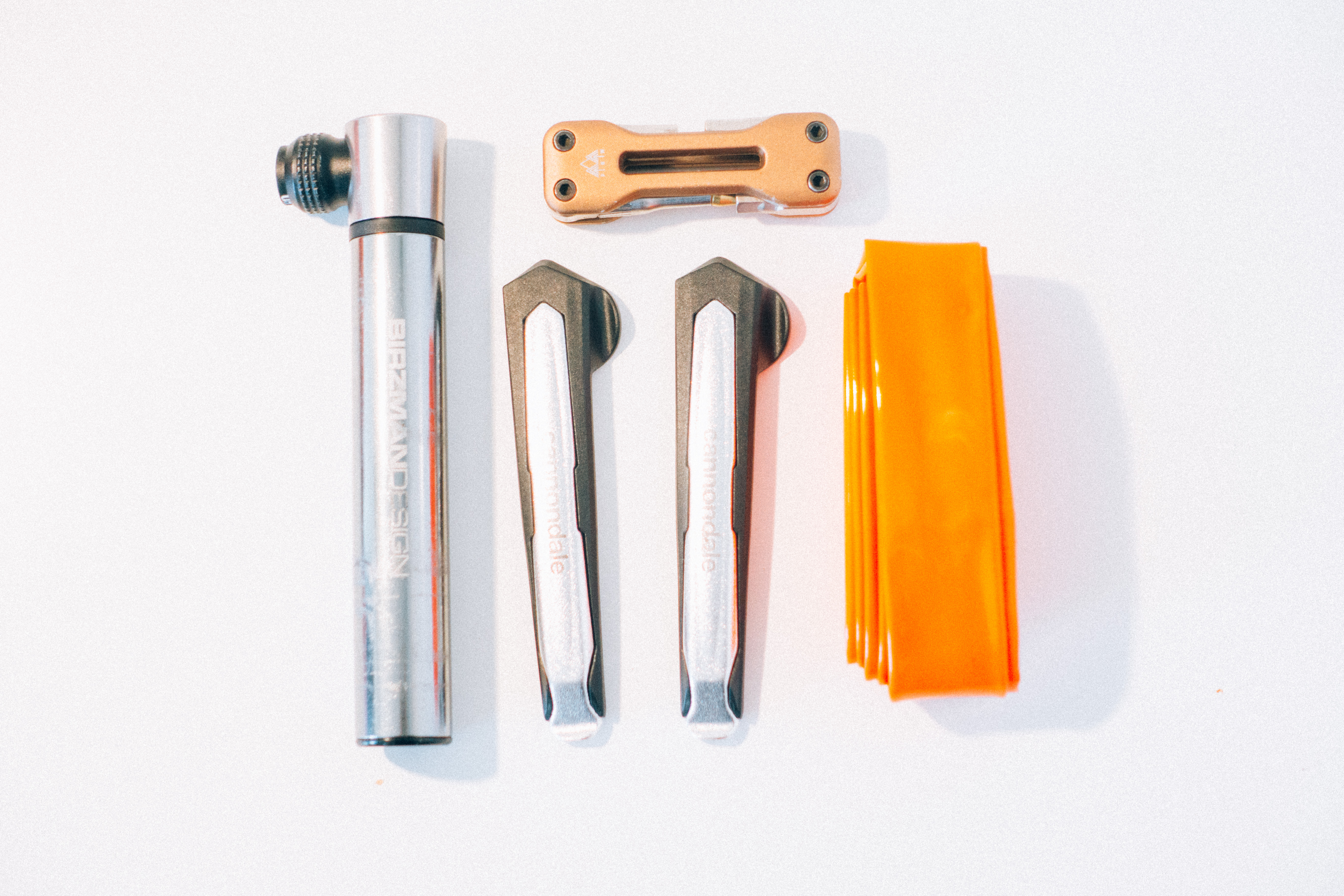
If I want a really small, lightweight system this is what I take out. Higher risk, but better for group riding when the availability of help is higher
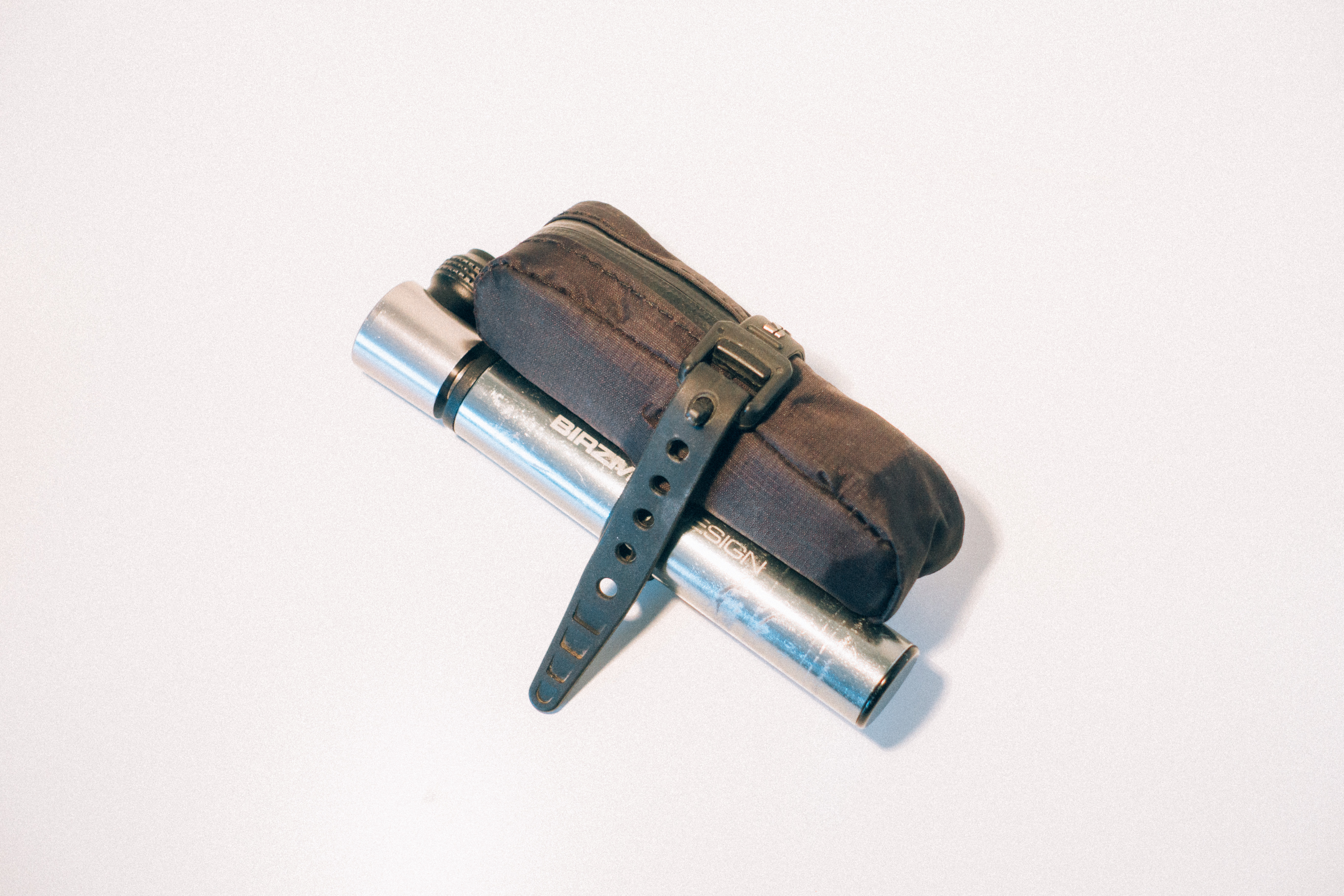
Easy enough to slip into a jersey pocket with room to spare for a banana

Will joined the Cyclingnews team as a reviews writer in 2022, having previously written for Cyclist, BikeRadar and Advntr. He’s tried his hand at most cycling disciplines, from the standard mix of road, gravel, and mountain bike, to the more unusual like bike polo and tracklocross. He’s made his own bike frames, covered tech news from the biggest races on the planet, and published countless premium galleries thanks to his excellent photographic eye. Also, given he doesn’t ever ride indoors he’s become a real expert on foul-weather riding gear. His collection of bikes is a real smorgasbord, with everything from vintage-style steel tourers through to superlight flat bar hill climb machines.
